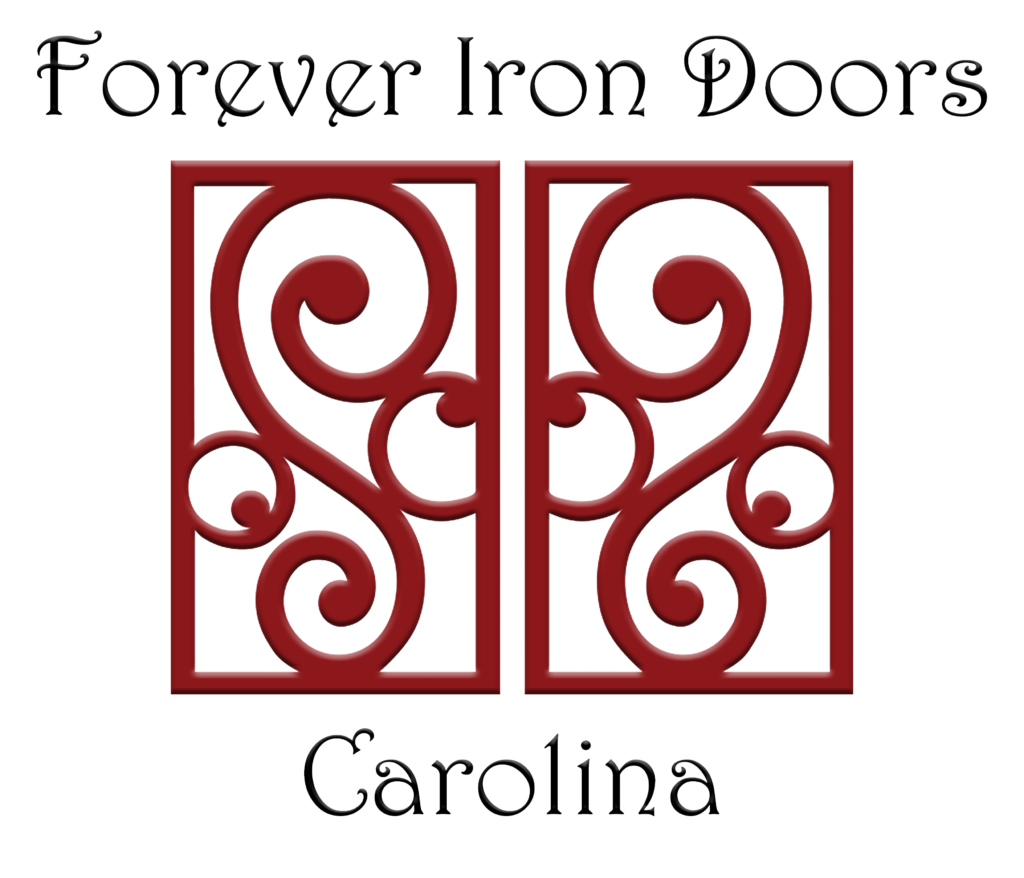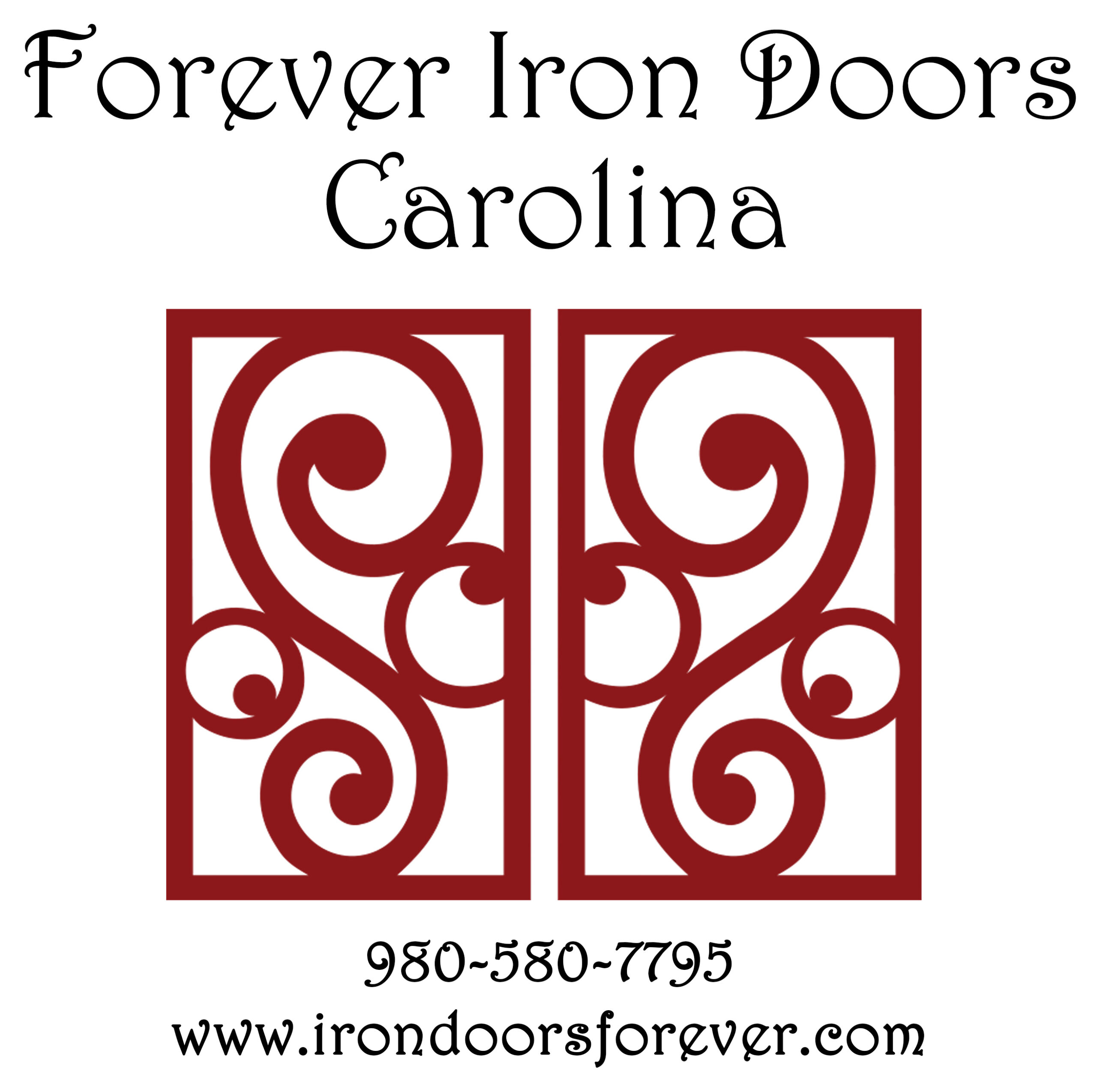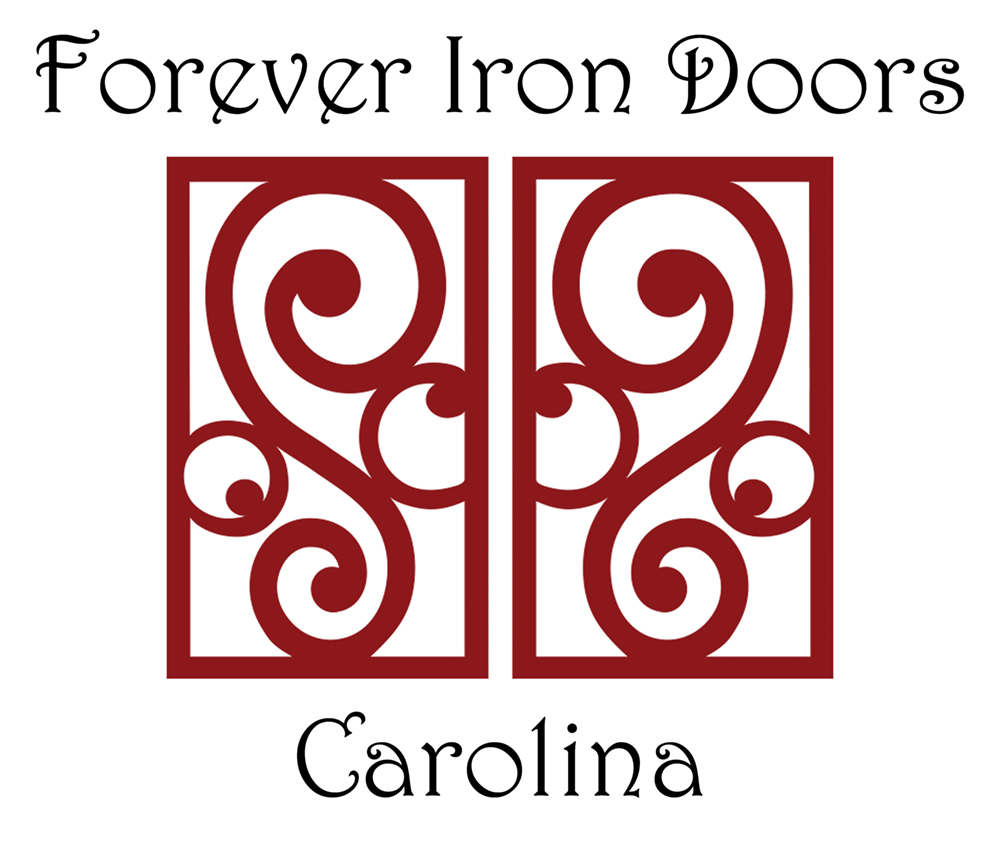Iron doors are often chosen for their durability and appearance, but they’re also an excellent choice for energy-conscious homeowners. If you’re weighing materials for a new entryway, energy efficiency depends on the door’s design and installation quality.
With built-in insulation and thermal breaks, a well-crafted iron door can help maintain indoor temperatures and reduce energy loss. If saving energy is part of your home upgrade plan, here’s what to look for.
What Makes a Door Energy Efficient?
Energy efficiency in a door depends on how well it prevents unwanted heat transfer, keeping warmth in during winter and out during summer. That performance depends on insulation, sealing, and the materials used.
Two key ratings help measure how energy-efficient a door is:
- R-value. This measures how well the door resists heat flow. Higher numbers mean better insulation, which is especially important in colder climates.
- U-factor. This measures how quickly heat passes through the door. A lower number means less heat loss, which benefits both heating and cooling efficiency.
The U.S. Department of Energy uses these values to set ENERGY STAR® standards based on regional climate zones. Choosing a door that meets these benchmarks can help improve comfort and reduce energy costs throughout the year. An ENERGY STAR®-rated door can reduce utility bills by up to 12%.
How Iron Doors Compare to Other Materials
Iron may not seem like an ideal insulator—after all, metal conducts heat. But modern iron doors are engineered with energy-saving features that make them far more efficient than older versions.
Here’s how they stack up against other popular door materials:
- Wood. Wooden doors provide natural insulation but tend to warp, swell, or rot when exposed to moisture. Over time, this can lead to gaps that allow drafts in and out.
- Fiberglass. Fiberglass performs well in terms of insulation and resists weather damage, but it doesn’t offer the same level of strength or security as iron.
- Steel. Steel doors are strong and commonly used for security, but are more prone to dents and corrosion if not correctly finished. Compared to solid iron, they can also feel lighter and less durable.
High-quality iron doors are now built with performance features that rival—or even outperform—other materials. With internal insulation, thermal breaks, and tight seals, a well-made iron door offers durability and energy conservation in one package.
Key Features That Affect Iron Door Efficiency
What makes an iron door energy-efficient? It comes down to design features that improve performance, such as:
- Thermal breaks. A thermal break is a layer built between the interior and exterior of the door that slows heat and cold transfer. It helps maintain a consistent indoor temperature and prevents the door from becoming overly hot or cold in extreme weather.
- Core insulation. High-quality custom iron doors feature internal insulation—usually a foam or polyurethane core—sealed between the iron layers. This added barrier helps block external temperatures and plays a key role in the door’s R-value and energy efficiency.
- Weatherstripping. Durable weatherstripping around the edges of an iron door seals gaps between the door and frame, reducing air leaks and easing the load on your HVAC system. It also helps keep out moisture, dust, and outdoor noise.
- Glass panels. With the right design, glass panels can be energy-efficient additions to iron doors. Double or triple glazing with air or gas layers reduces heat transfer, while Low-E coatings reflect heat and let in natural light, boosting insulation without sacrificing style.
- Fit and installation. Even the best-built door won’t perform well without proper installation. Iron doors are heavy and must be fitted to prevent gaps that cause drafts and energy loss. Hiring experienced pros ensures that the framing, sealing, and structural support are done right the first time.
- Climate considerations. Thanks to built-in energy-efficient features, iron doors perform well in all kinds of climates. In hot regions, thermal breaks and reflective coatings reduce heat gain. In colder areas, insulated cores and tight seals help retain warmth. For coastal homes, powder-coated finishes and sealed frames protect against salt and moisture.
Why Iron Doors Make Sense for Energy Savings
When it comes to iron doors, style often steals the spotlight, but energy efficiency matters just as much.
Today’s iron doors are built to do more than look good. Proper insulation, smart construction, and expert installation help reduce energy costs while enduring everyday use and harsh weather.
At Forever Custom Iron Doors, we create doors that deliver beauty and performance. Every door is custom-fit, climate-ready, and built to last.
Interested in a custom solution? Contact us today for a quote or browse our collection of energy-efficient iron doors.



